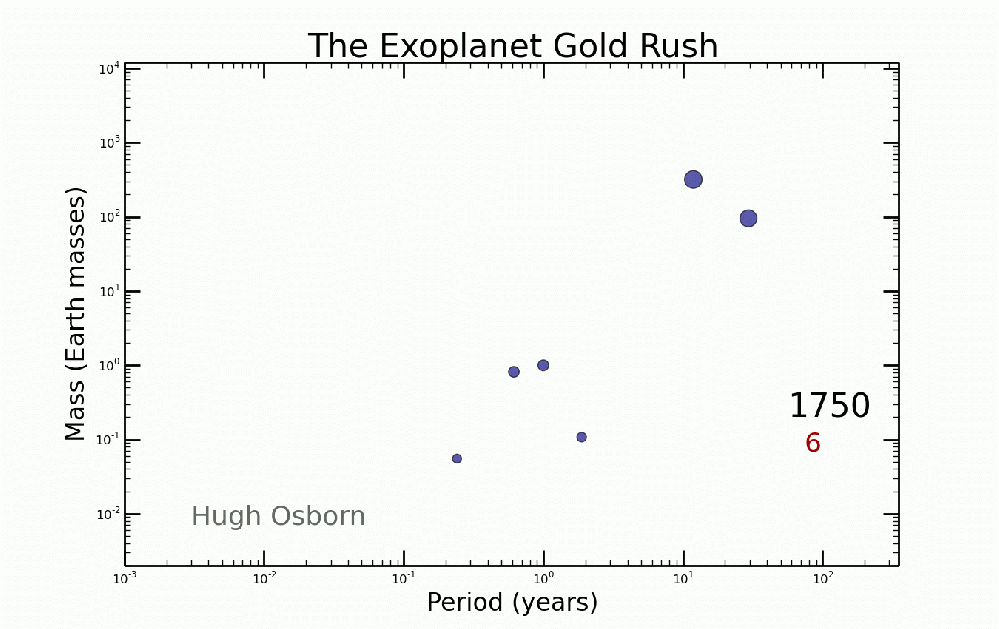The discovery of new life-harboring planets has been a hot topic in the last century, but there has always been a limitation: we couldn’t see other planets. However, observational technologies and techniques have progressed to the point where we may be able to find more Earth-like planets within a few short years.
The main problems with discovering so called exo-planets is that they are not luminous, they don’t shine. Because of this, we need to indirectly detect them by observing the stars around which they orbit. As the planets orbit their respective stars, they briefly block some of the light from reaching us; however, that only works when the systems are exactly in-line with ours, which rules out the vast majority of systems.
There is one other way, though, which involves measuring the “wobble” in the star as the planets orbit. As the planet circles, it exerts a gravitational force on the star, causing it to wobble ever so slightly. This has allowed us to find planets that have a radius equivalent to the diameter of our Earth, but hopefully that size will shrink as we continue to develop new and more precise observational technologies.

By the way Conor, I really like this GIF! I was trying to use it during our exoplanets lectures and it just wouldn’t work for some reason… But I think it’s really awesome and does also show some of the selection effects out there.
LikeLike